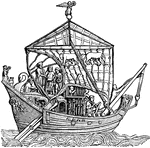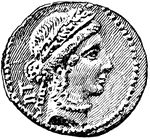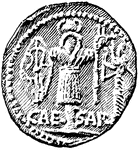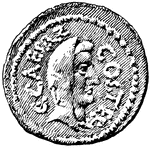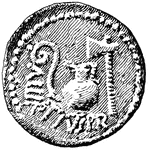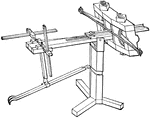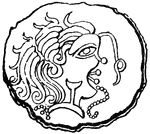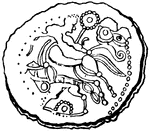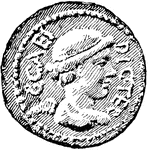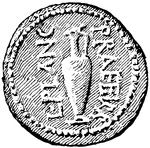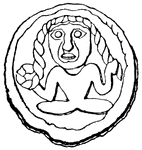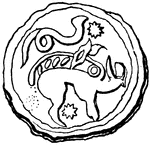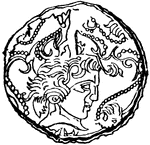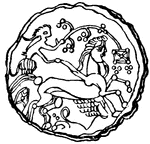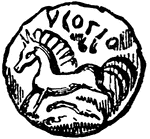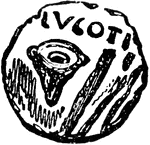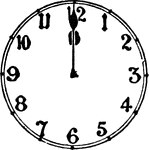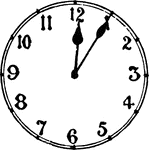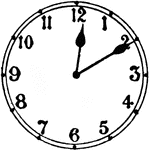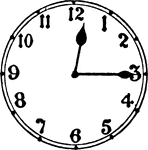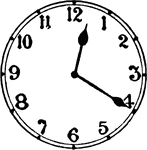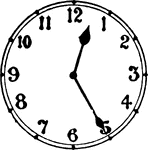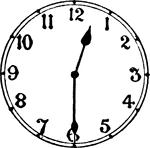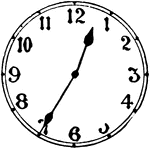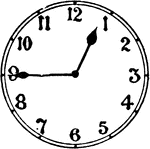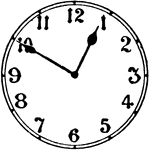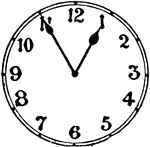
British Coin
British coin of the time period of the Roman invasion in the Gallic War, B.C. 54. Front.

British Coin
British coin of the time period of the Roman invasion in the Gallic War, B.C. 54. Back.
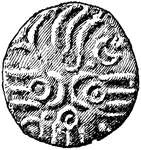
British Coin
British coin of the time period of the Roman invasion in the Gallic War, B.C. 54. Front.
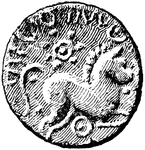
British Coin
British coin of the time period of the Roman invasion in the Gallic War, B.C. 54. Back.

Paludamentum
"The cloak worn by a Roman general commanding an army, his principal officers and personal attendants,…
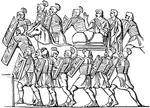
Hollow Square
Military formation of the Romans, also agmen quadratum. Square formation with no troops in the middle.
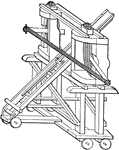
Ballista
The Ballista is a device for throwing large darts very accurately. The Roman Ballistas threw stones…
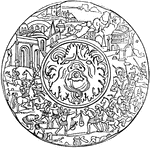
Parma
"A round shield, three feet in diameter, carried by the celites in the Roman army. Though small, compared…

Gallic Torques
Gallic Torques were heavy necklaces of braided metal. Gauls carried their wealth in the form of Gold…

Periscelis
"An anklet or bangle, worn by the Orientals, the Greeks, and the Roman ladies also. It decorated the…

Persona
"A mask. Masks were worn by Greek and Roman actors in nearly all dramatic representations. This custom…

Persona
"A mask. Masks were worn by Greek and Roman actors in nearly all dramatic representations. This custom…
Pons Cestius
"A bridge. As the rivers of Greece were small, and the use of the arch known to them only to a limited…

Pons Aelius
"A bridge. As the rivers of Greece were small, and the use of the arch known to them only to a limited…
Pons Ariminum
"A bridge. As the rivers of Greece were small, and the use of the arch known to them only to a limited…
Pons Trajan
"A bridge. As the rivers of Greece were small, and the use of the arch known to them only to a limited…

Puteal
"Puteal, properly means the enclosure surrounding the opening of a well, to protect persons from falling…

Signa Militaria
"Signa Militaria, military ensigns or standards. The most ancient standard employed by the Romans is…

Spira
"Spira, the base of a column. in the Tuscan and the Roman Doric the base consisted of a single torus,…

Stadium
"A Greek measure of length, and the chief one used for itinerary distances. It was equal to 600 Greek…
